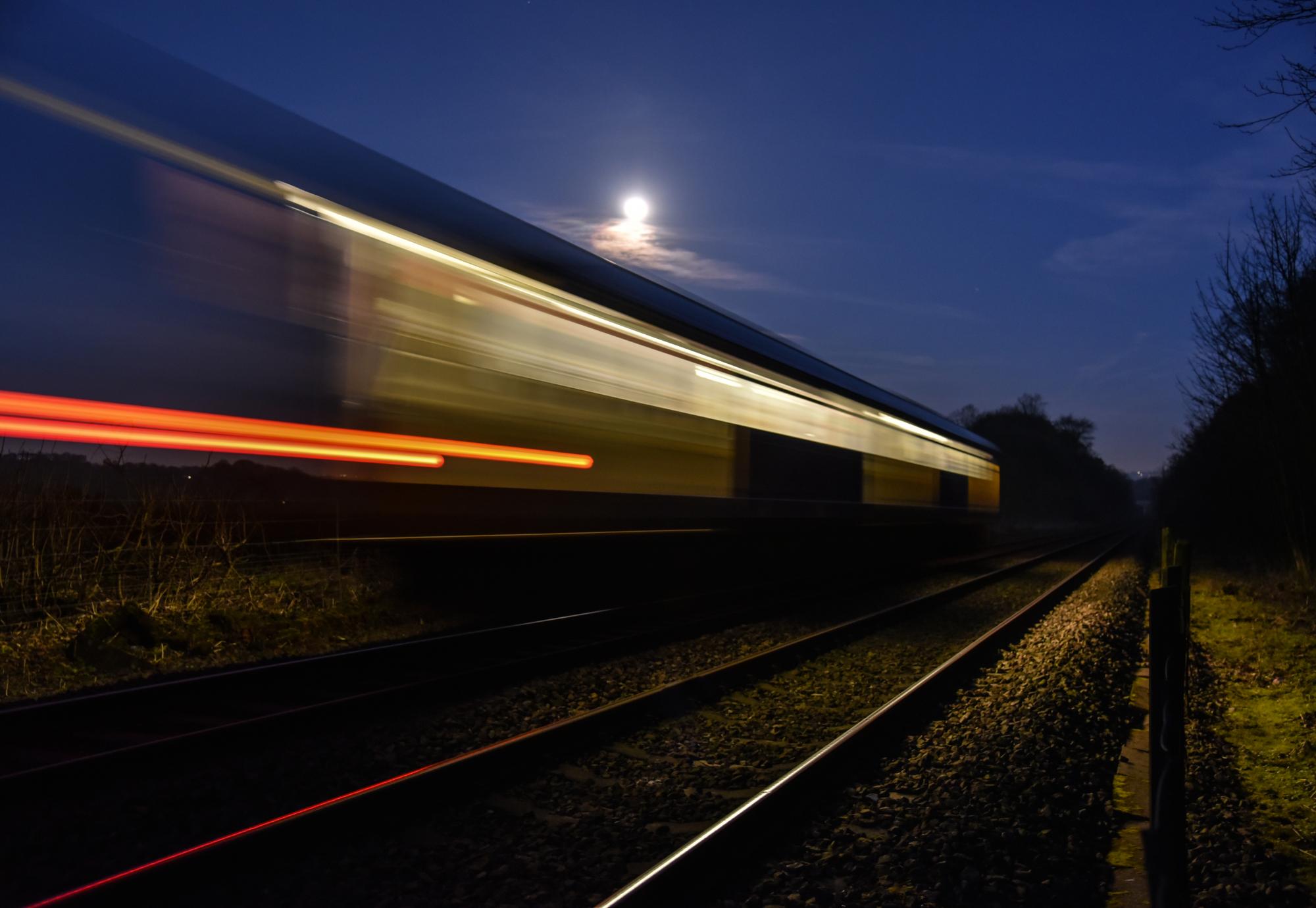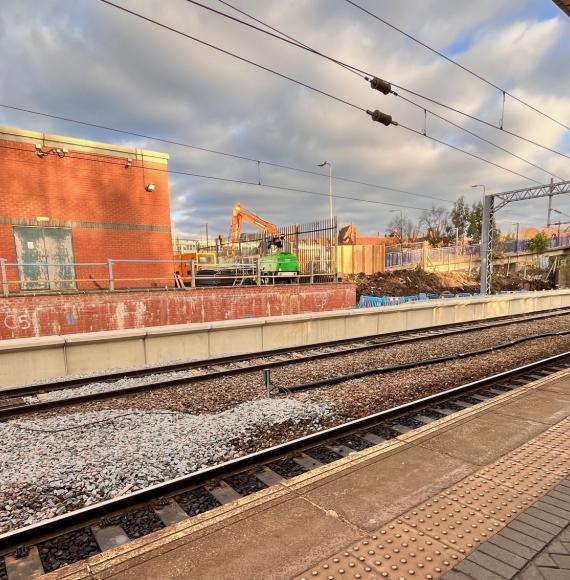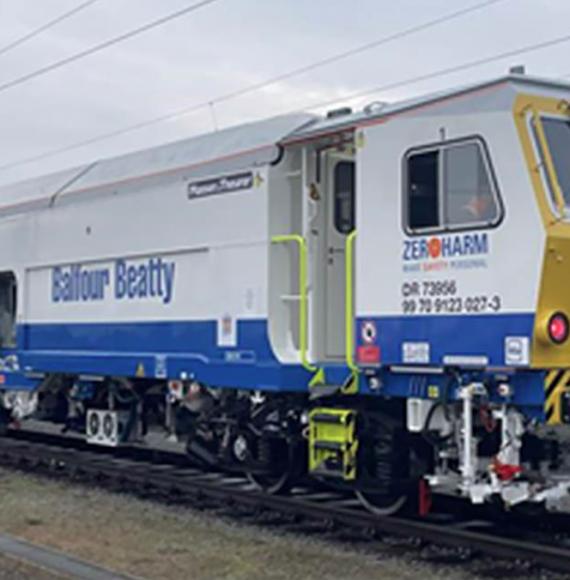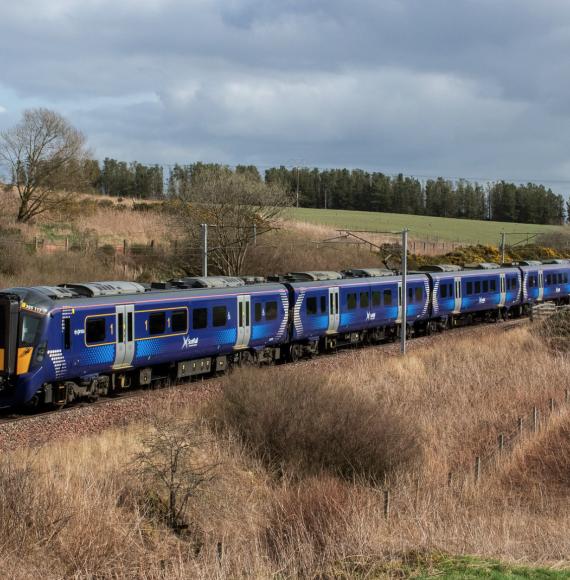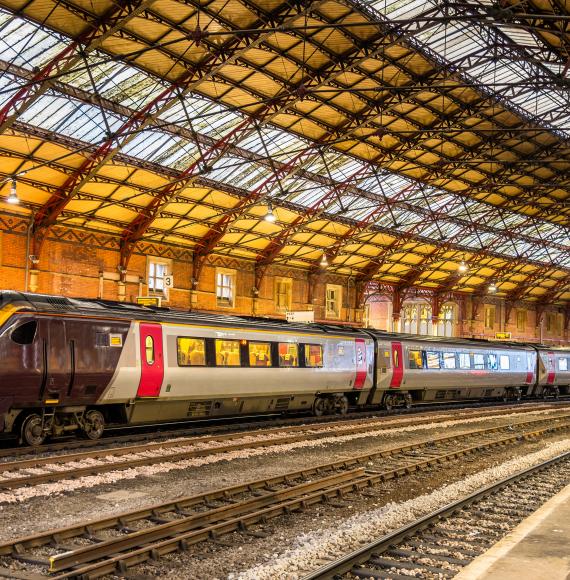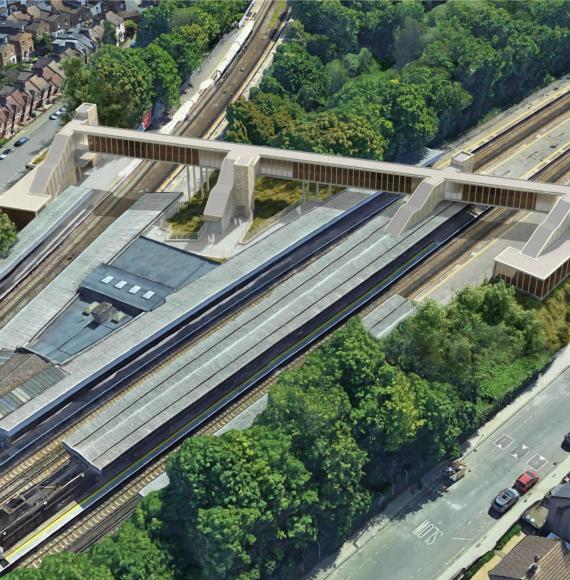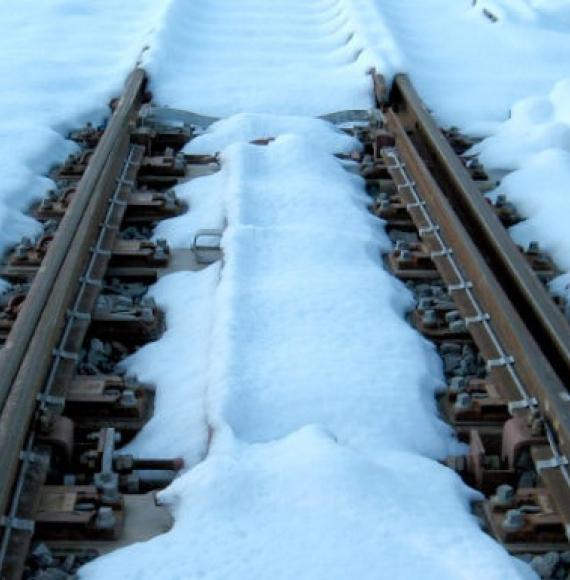A £1 million programme of work aimed at reducing train delays and cancellations caused by fallen trees and branches on the Heart of Wales line is nearing completion.
Work started on the project in early January, and teams are set to finish their work this week, having cut back and removed vegetation including overhanging branches that could fall onto the 60 miles of track between Craven Arms and Llandovery.
To minimise the disruption to passengers, teams have been working overnight when trains are not running, in all weather conditions, to clear the vegetation.
The benefits of the work will be felt immediately but will be particularly beneficial when the weather is worst in autumn and winter. Last winter, during Storm Darragh, the line was closed for almost a week as Network Rail dealt with more than 70 fallen trees in total, of which around 30 were uprooted. At least 56 trees fell within one 10-mile section of the line alone.
The work on the Heart of Wales line is part of a significant five-year investment to make the railway safer, more resilient, and more reliable across the whole Wales & Borders route, with teams using cutting-edge methods including Artificial Intelligence (A.I.) to safely manage lineside vegetation.
By using a camera on-board a train to take pictures of the vegetation as the driver sees it, the programme then evaluates which areas are at risk/in need of attention, and highlights them for action.
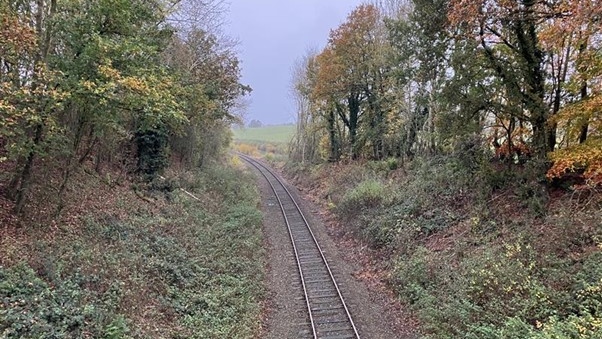
Mathew Gore, Network Rail project manager, said: “As we approach the end of this project, it's satisfying to see the efforts the whole team have put in during the past 12 weeks.
“Carrying out this work during the night in winter and early spring, the conditions have often been challenging, but by working in this way we have managed to keep the disruption to passengers to a minimum.
“We would like to thank our teams for their hard work and dedication, and we also thank our lineside neighbours for their patience and understanding.
“This is a hugely significant project to us, because we saw during Storm Darragh the importance of managing the lineside vegetation on this line.”
Image and Video credit: Network Rail

